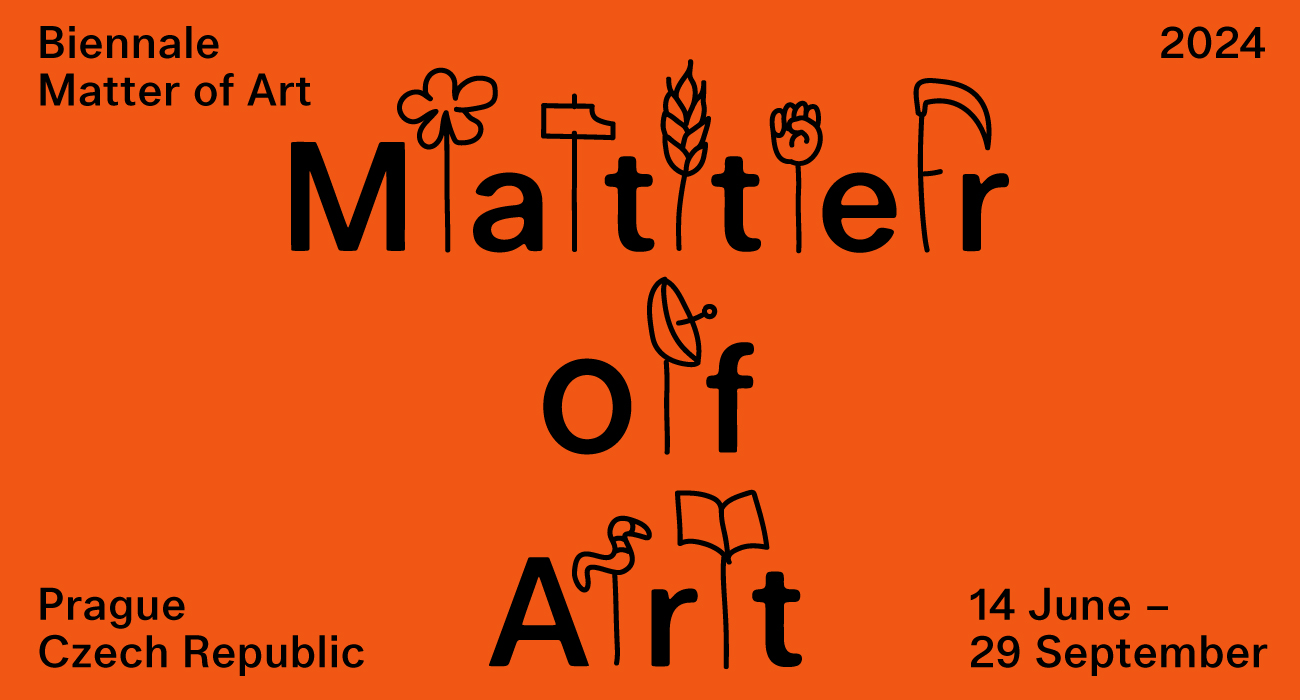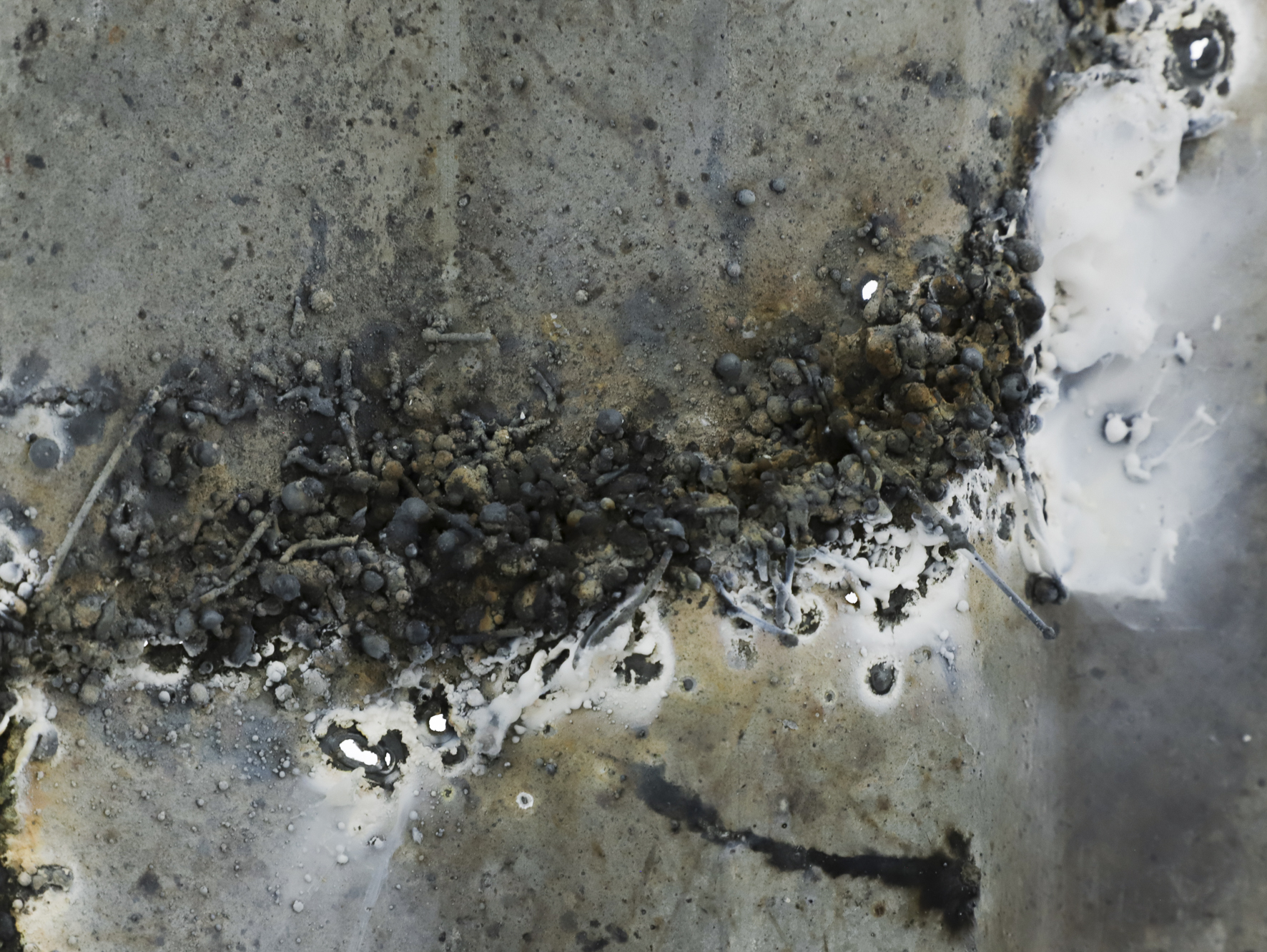Artist: DNLM
Title: Go Big or Go Home
Curator: Pia Miklič
Venue: RAVNIKAR GALLERY, Ljubljana
Photos: Marijo Zupanov

The cultural policy of the domestic and broader art system emphasises the need for sustainable practises, accessibility of exhibition spaces and diverse yet coherent programmes; values towards which it continuously guides contemporary art production. On a theoretical level, it tailors an art system that is “appropriate” to today’s trends, but which in practise proves to be a complex and systematically under-treated phenomenon.










The ever-increasing exhibition spaces that require to be filled with monumental works and series pose both an economic and a logistical challenge for the artist. The creative space, the studio, is a privilege rather than a rule, and it is not only production that is called into question, but also storage space and the transport of works. Although the art system always endeavours to provide the public with wider access, it is becoming increasingly difficult for the artists themselves, especially the younger generations, as it follows the logic of capital; it rewards highly productive and referential individuals with numerous, already completed projects and directs them towards ever new (hyper)productions. The result of this type of policy is the curtailment of the creative process, which is often replaced by various forms of improvisation, lobbying and mobilisation of social circles in order to achieve seemingly perfect projects.












The Go big or go home series by DNLM is a response to the conditions of the contemporary artist and the competition-orientated art system. The sculptural works, which consist of abandoned, large-scale objects found in public spaces, are a sustainable, ready-made solution that allows the artist to avoid producing new objects when exhibiting in larger spaces. Based on his own space constraints, which prevent him from storing and transporting the works in their original form, he cuts the found objects and adapts them to the limited space of personal vehicle for transport purposes. The gallery then becomes the artist’s temporary production site, where he assembles the cut pieces in their original form, which always differs from the complete industrial products before his intervention. The visible scars created during this process are a key element of the work, which not only emphasises the imperfection of production and improvisation, but is even based on it.

With each presentation, DNLM recuts the works, rearranges and adapts them to the requirements of transport, leaving new traces and freeing them from their previous form. The repeated fragmentation and reassembly of the object, which itself plays with the possibilities of spatial dimensions and the laws of the art system, creates an authentic sculptural work and an organism that feeds on the system itself.
